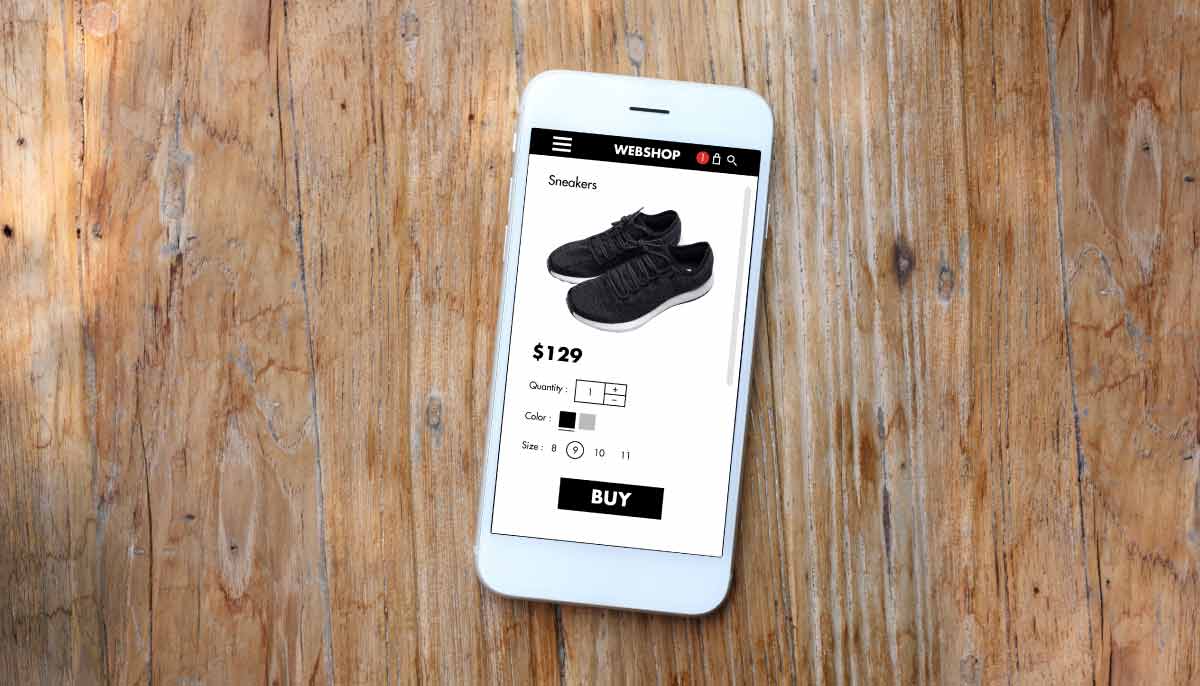
Treat Yourself: In Uncertain Times, Is There Still Room for a Little Luxury?
In times of financial struggle, is ‘treat yourself’ still relevant?
Estee Lauder’s Leonard Lauder coined the term ‘The Lipstick Index’ In the early 2000s recession. Lauder made an argument that lipstick sales could serve as an economic indicator. He theorized that cosmetic purchases, particularly lipsticks, tend to be inversely correlated to economic health. He observed the swapping of higher ticket items, for ‘self-care’ items like lipstick and cosmetics in times of economic uncertainty.
Through the years, we have adapted the term to fit the times. Around 2010, it became the ‘nail-polish index’, as the nail art trend increased in popularity. It then became the ‘mascara index’ during the COVID-19 pandemic. Whether or not everyone accepts these beauty trends as coincidences or deliberate trends, retailers such as L’Oréal are reporting double-digit sales growth across the board. This suggests that beauty purchases ride the wave of economic turbulence.
As 2023 takes hold, advances in technology and the accessibility of real-time consumer data are transforming the way retailers operate and react to consumer trends. It will be interesting to see if beauty products continue to be top choices for customers. Having access to such insights found within big data can help businesses replicate the personalized experience traditionally associated with brick-and-mortar stores within the beauty fulfillment space.
Spotting that ‘Treat Yourself’ Mentality
In times of uncertainty, consumers often turn to self-care or DIY beauty treatments. Whether it’s something small like a new lipstick or DIY laminate brow kits, the beauty industry often bucks the trend when it comes to times of financial struggle thanks to the ‘treat yourself’ mentality.
‘Treat yourself’ is the idea that one should reward or indulge themselves in something desirable or enjoyable. This is often a way of coping with stress or celebrating personal achievements. We often associate this approach to self-care with consumer culture and a focus on instant gratification. It can involve splurging on material items, experiences, or food. A simple ‘treat yourself!’ is a way to justify the spend. By identifying these trends and patterns within ‘consumer buying behavior’, retailers can prepare when it comes to times of uncertainty.
Retailers that keep their customers happy, keep them. Being able to spot consumer trends can make or break a customer’s loyalty when it comes to the repeat purchasing of beauty products. Retailers can add value to this experience for customers through the order fulfillment process, especially within luxury fulfillment. Delivering products in high-end packaging and creating an enjoyable unboxing experience can help to tempt customers to return when they need an additional pick-me-up.
Well-Rounded Zero-Party Data
Many consumers will often return to the same retailer time and time again for their staple lipstick or mascara. Many retailers fall victim to a loss of brand loyalty when they ignore zero-party data and discontinue cult favorites. Skincare favorite, The Ordinary announced recently that they would be discontinuing two of its most loved products. Changes to product lines like this can lead to consumers seeking out dupes or supplementary products. Using big data to evaluate popular lines, colors and order volumes can save a loss of loyalty down the road.
It’s no longer enough to focus solely on web data. Retailers need to be utilizing data from all aspects of the process. Third-party data is being removed from big-name browsers such as Chrome and Safari. Companies should prioritize collecting sufficient zero-party data during the online shopping experience, along with providing aftercare services such as returns or complaints. Retailers can learn a lot about their customers from the returns process.
Companies should look to acquire zero-party data because it is considered more trustworthy. As data privacy legislation becomes harsher, and as consumers become more aware of the risks of third-party data, retailers will need to increasingly rely on data that they can trust—and that is only possible with zero-party data.
Staying ahead with Big Data
By combining data gathered from purchases, search terms submitted via websites and returns information, retailers can create a clear picture of items in high demand. This can make it easier when it comes to reordering and making decisions regarding items and stock-keeping units (SKUs). The data gathered allows retailers the opportunity to maximize sales by focusing on the items that are seeing the most interest. This could be down to color, size and/or other variations. Operating this way can reduce costs when it comes to warehouse space and logistics costs, reducing the amount of stock held and possibly reducing returns.
Big data offers access to supply chain data, which can provide transparency about product shipments and bottlenecks. Knowing when to pass this information to customers can create a positive experience while avoiding negative feedback on social media.
Big data can guide retailers to make future business decisions. When times are tough, it is even more important for retailers to invest time and patience into their data processes. As consumer trends shift, retailers should ensure they are constantly learning from their customers and meeting their needs and expectations. Especially when the consumer is committing to the repeat purchase of their favorite DIY beauty kits or a new mascara.
Trends and Insights
Whilst it can be difficult to know where to start, the information gathered from zero-party data can help retailers look for trends and insights, such as ‘The Lipstick Index’. Thus enabling them to make informed decisions based on their own consumers and not just industry data. Companies can bring all these insights together to support future product development, order management and customer experience initiatives. Thanks to big data, companies no longer need to worry about losing customer loyalty over a cult favorite lipstick shade being discontinued, or being left behind when it comes to new beauty trend. Big data should now and forever be a retailer’s best friend when it comes to all areas of the beauty business.
If you are ready to take your online operation to the next level, ‘treat yourself’ by getting in touch today.
Contact us here.


